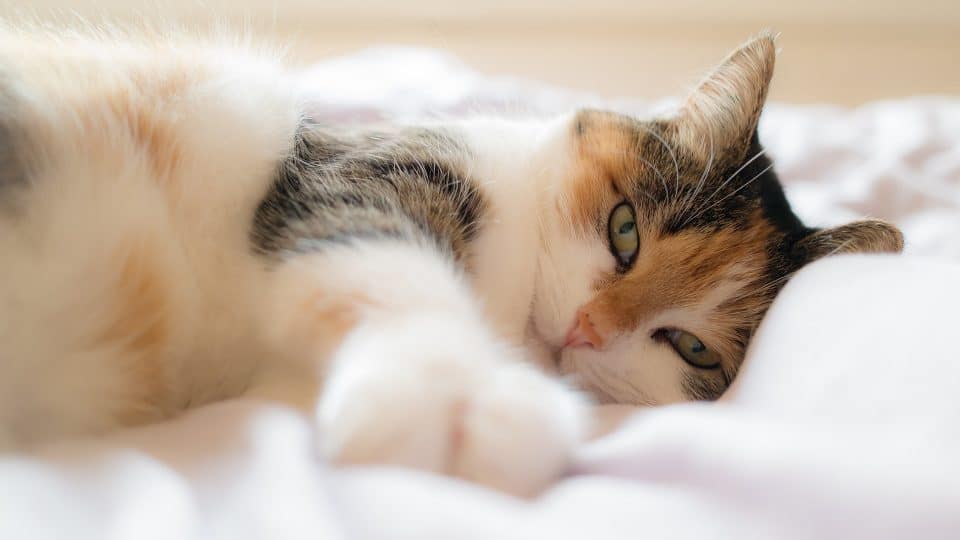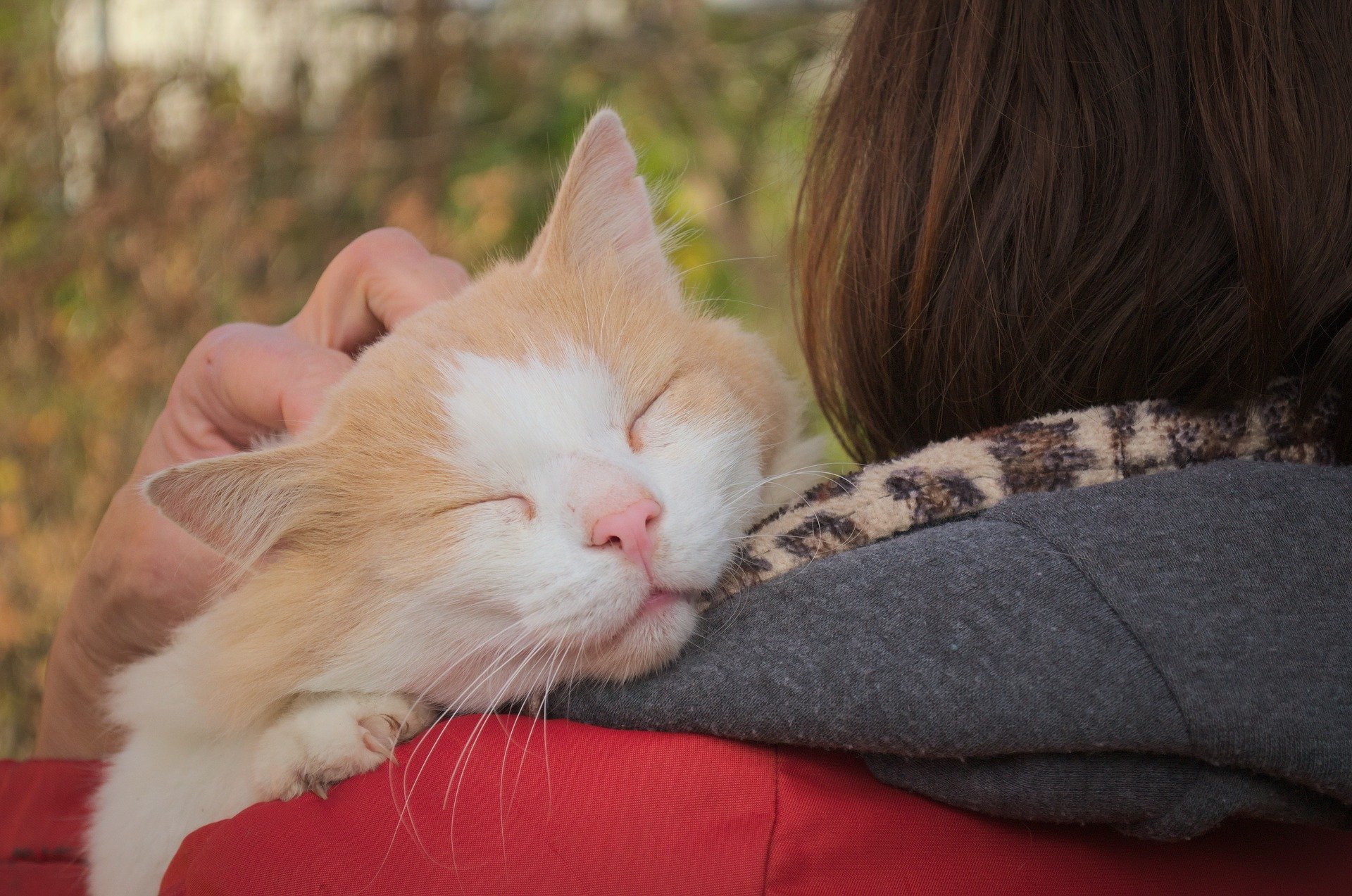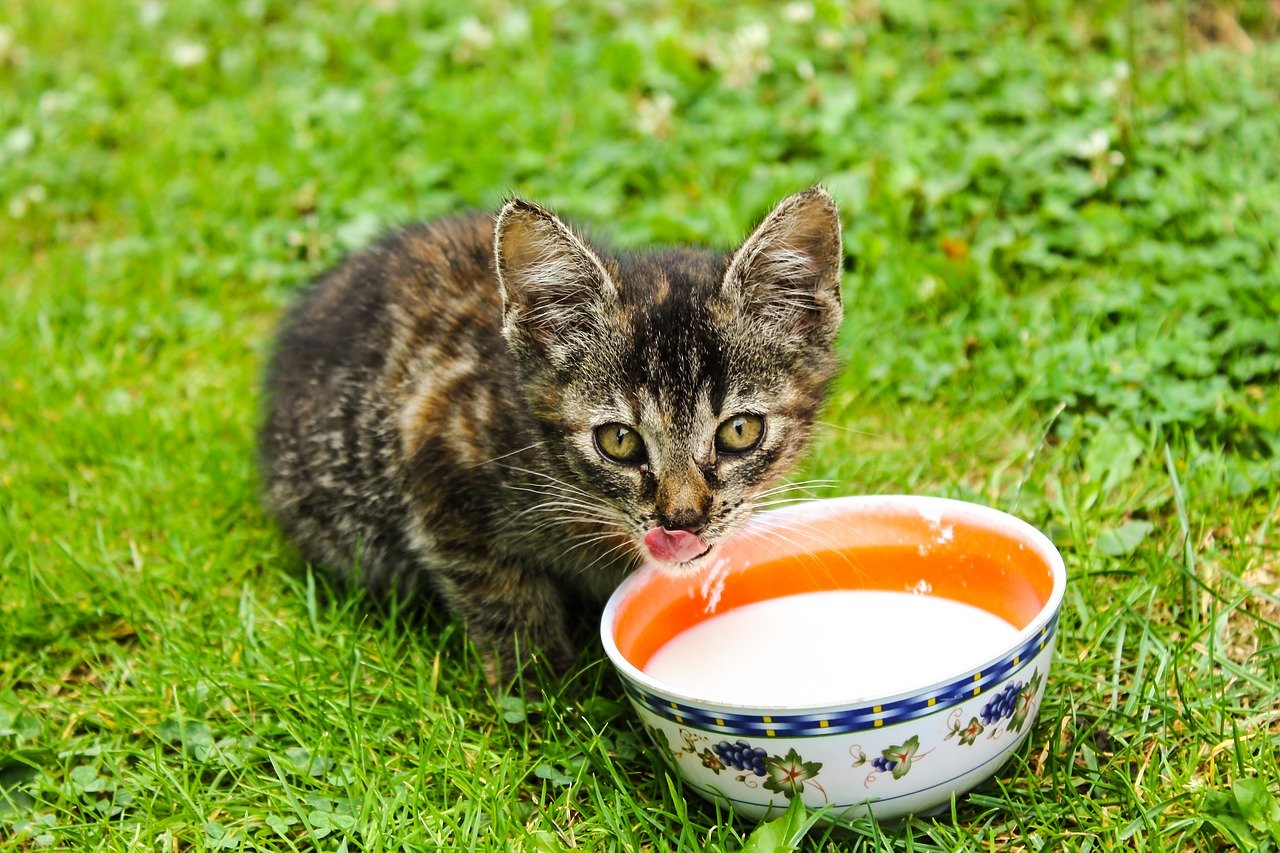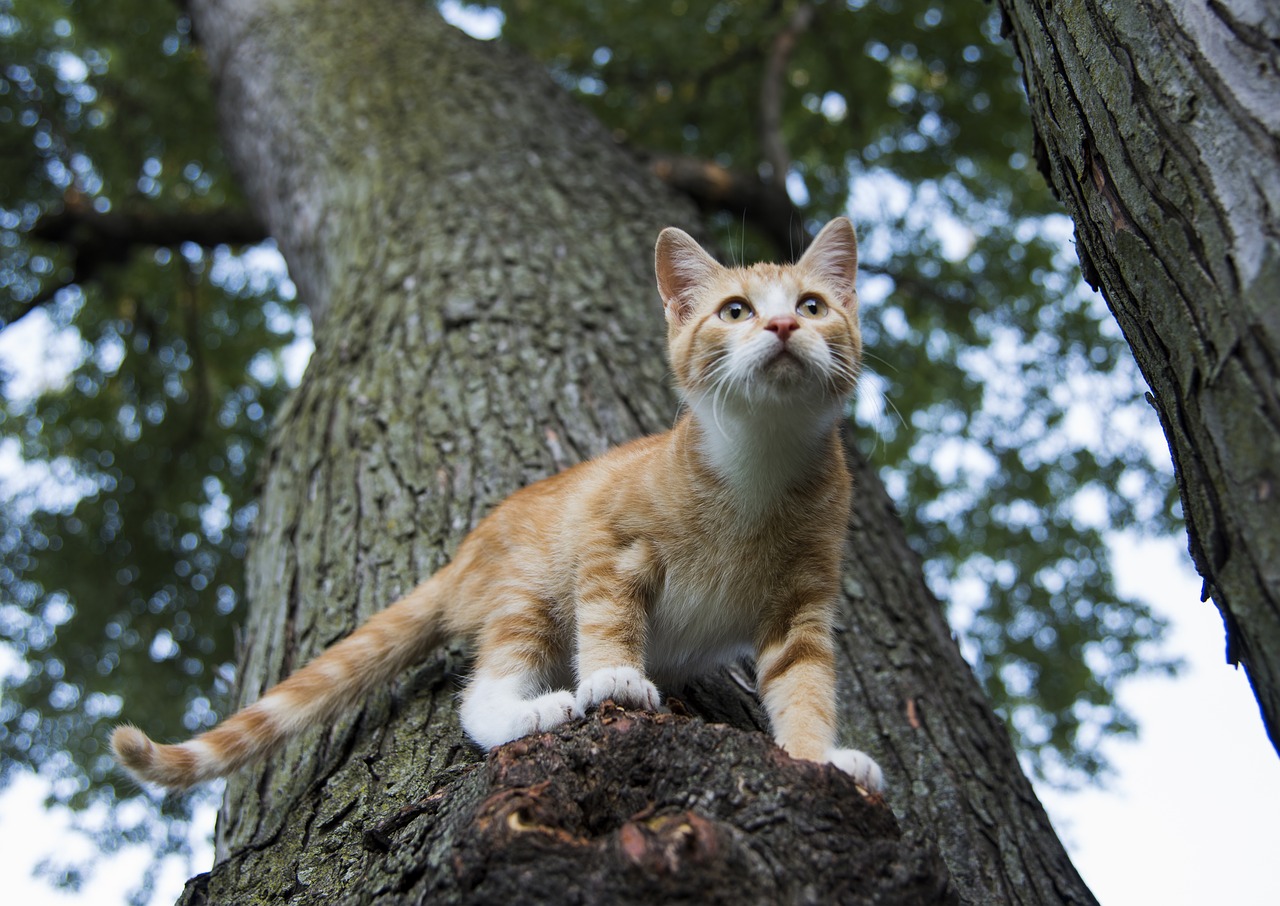There are dog people and there are cat people, so they say. As a lifelong lover of both, I’d like to point out that the two are not mutually exclusive. Absolutely, you can love things about both species.
People who dislike cats usually have a lot to say on the matter, and they’re not shy about expressing their disdain for all things feline. “They’re cold and aloof,” many haters claim. “They view humans as their own personal servants,” insist others.
The truth is that people hold a lot of misinformed ideas about cats, from their personalities to their diet to their (often indecipherable) behaviours.
My own cat, Floyd, defies nearly every feline stereotype out there (except for the one that claims ‘all cats are lazy’—let’s just say he won’t be running a marathon anytime soon.) So I did some digging and I’m here to set the record straight for our furry feline friends.
Here’s what people consistently get wrong about cats.
1. Myth: Cats Aren’t Affectionate
Cats get a bad rap for being surly, solitary housemates. But just because cats don’t behave like clingy dogs who follow our every move with an adoring gaze, it doesn’t mean they aren’t affectionate creatures capable of forming profound bonds with their owners.
Personally, my cat won’t leave me alone after I’ve been away for a few hours. He’s not one to turn down a cosy lap and he can’t get enough cuddles from my doting daughter.
Some cat breeds are famously affectionate. Take the Ragdoll, for instance, who was named for his tendency to melt with happy pleasure in his owner’s arms. Bombays have earned the nickname ‘velcro cats’, because of their doglike penchant for keeping close to their owners, often following them from room to room. And we can’t forget the lovely Siamese cat, who isn’t typically picky about their friend circle—they enjoy the company of other cats, children, and even strangers.
2. Myth: Cats Can’t Be Trained
Cat haters would have you believe that felines are unintelligent pets who don’t give a hoot about pleasing their owners. But PetMD tells us otherwise, maintaining that training a cat is possible. Challenging, yes. But within the realms of possibility.
If you want to teach your cat how to play fetch or give high fives, experts recommend using positive reinforcement and ample motivation (think: treats!) Some cat breeds are especially trainable, including the intelligent Maine Coon, clever Siamese cats, and puzzle-loving Manx cats. The bright Abyssinian cat can even be trained to compete in agility courses, according to Vetstreet.
3. Myth: Cats Don’t Like Water
This one is only partially true. Sure, some cats won’t go near a body of water willingly, but for every cat who loathes being wet is another one who can’t get enough of it.
If your cat prefers a running faucet over his water bowl, you can probably put it down to feline instinct. In the wild, feral cats will avoid standing water because it carries a higher risk of being contaminated. Plus, hello: running water is colder, crisper, and as fresh as it gets.
While most cats never learn to love a bath, there are certain breeds that exhibit a borderline obsessive fondness of water. The Turkish Van (aptly nicknamed “the swimming cat”), the Maine Coon, and the Bengal cat all love a good splish-splash play session now and then.
4. Myth: There’s Nothing Better For A Cat Than Fresh Milk
A hungry kitty and a saucer of milk may seem like a natural pairing. However, the truth is cow’s milk just doesn’t sit well with a feline’s digestive system, no matter how much they seem to enjoy the taste.
According to VCA Hospitals, cats are only able to process lactose during the first 12 weeks of their life. Once a kitten stops nursing, he loses the ability to digest milk properly. So even though giving your cat a generous dish of cold milk may seem like a good idea, most vets recommend against it.
Dr Sara Ochoa, DVM, a small animal and exotic veterinarian in east Texas, USA, confirmed for Rover the adverse effects that milk can have on cats. In high quantities, she explained, milk can cause an upset stomach and diarrhoea. Not to mention all the extra calories milk has that can contribute to feline obesity. Best to just avoid giving your cat milk altogether.
5. Myth: Cats Are Destructive Out Of Spite
Is your cat’s destructive scratching sending you to the brink of a breakdown?
Believe it or not, cats don’t claw up your furniture out of spite. Cats scratch to slough off the dead outer layer of their claws, exposing new nails underneath.
Cats also scratch certain surfaces to mark their territory and to give their paws a good workout. The thing to remember is this: scratching is a natural cat behaviour. It has nothing to do with revenge or your cat’s bad attitude.
6. Myth: Cats Are Lazy Couch Potatoes
Cats routinely sleep for 16 hours per day, sometimes even 20! While this seems to suggest that cats are idle loafers who live to be served, the fact is cats have much more complicated sleep patterns than we do.
Although they take frequent naps, a cat will rarely enter deep sleep the way a human does, remaining, instead, in light sleep mode.
Why is this the case? It boils down to a cat’s role as a natural predator. Unlike humans, cats are always poised for the hunt—even during sleep. So while your snoozing kitty may appear to be out cold, his senses are still sharp enough to spring him into action if necessary.
And just like there are cat breeds who love water, there are certain breeds who are always on the move. The wild-looking Savannah cat and the exotic Bengal cat will both keep you on their toes with their energetic antics.
7. Myth: Cats Always Land On Their Feet
We can’t deny that cats are lighter on their feet than most animals. And while it’s true that they can often nail what seems like an impossible landing, cats don’t land on their feet 100% of the time.
A cat’s ninja-esque agility is thanks in part to their ability to twist their spine in a way that we humans simply can’t do. But if they don’t have adequate time to assume this position, a cat can land awkwardly, sustaining serious injuries, as PetMD points out.
Keep your kitty safe by ensuring windows and balconies are secure.
8. Myth: Cats Can See In The Dark
While they can make out details in the dark much better than humans, cats don’t exactly have night vision. Just like humans, feline eyes require some amount of light to see images. So even though your kitty probably enjoys prowling through your house long after everyone else has gone to sleep, they don’t have some superpower eyesight that allows them to see fully in the dark.
Cats are mysterious creatures, so it’s no wonder people get the facts about them mixed up all the time. But us cat lovers know the truth: our feline friends are sweet, friendly, intelligent, and we wouldn’t trade them for the world—even if they aren’t flawless ninjas with impeccable night vision.







